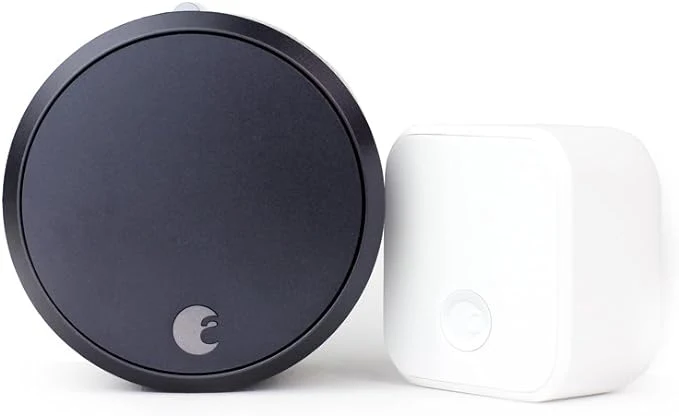Next-Gen Smart Speakers
Smart speakers continue to evolve, becoming more than just voice assistants. In 2026, devices like the Google Nest Audio and Amazon Echo are pushing boundaries with advanced AI capabilities, richer sound quality, and seamless integration with other smart devices.
Enhanced Voice Recognition: These speakers now better understand natural language, accents, and contextual cues, making interactions more intuitive.
Multi-Device Synchronization: Entire households can sync multiple speakers for synchronized audio, multi-room music, and coordinated smart routines.
Personalized Experiences: AI-driven personalization allows the devices to adapt to user preferences, routines, and environmental conditions, creating a truly customized experience.
Smart Security Cameras and Doorbells
Security remains a top priority for homeowners, and 2026’s smart security devices are more sophisticated than ever.
AI-Powered Monitoring: Cameras now feature advanced AI to identify faces, detect unusual activity, and distinguish between residents, visitors, and intruders.
High-Resolution and Night Vision: 4K cameras with enhanced night vision capabilities ensure clear footage around the clock.
Smart Doorbells: Video doorbells are integrating with facial recognition technology and providing real-time alerts on smartphones, allowing homeowners to see and communicate with visitors remotely.
Integrated Security Ecosystems: These devices are seamlessly connected with alarm systems, locks, and lighting, enabling comprehensive security management from a single app.
Automated Home Hubs and Robot Vacuums
Automation is at the core of modern smart homes, and 2026 introduces more intelligent and autonomous systems.
Home Automation Hubs: These central controllers now leverage AI to learn household routines, optimize energy consumption, and coordinate devices for maximum efficiency. They support cross-platform integration, ensuring compatibility across brands and technologies.
Robot Vacuums: The latest models are equipped with advanced sensors, mapping technology, and AI navigation to clean more efficiently and adapt to changing home layouts. Some models can even identify specific areas that need extra attention, like pet hair or spills.
Beyond Cleaning: Robots are expanding into other roles—some can water plants, deliver items within the home, or monitor indoor air quality, making them versatile home assistants.












